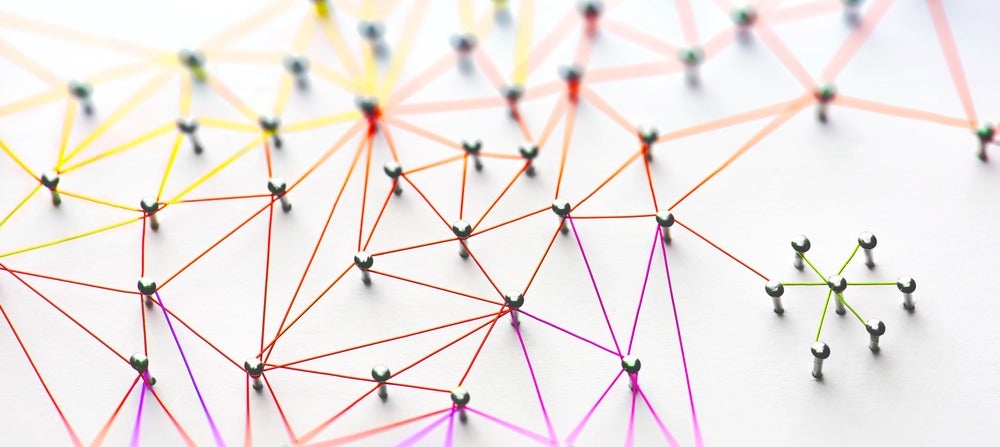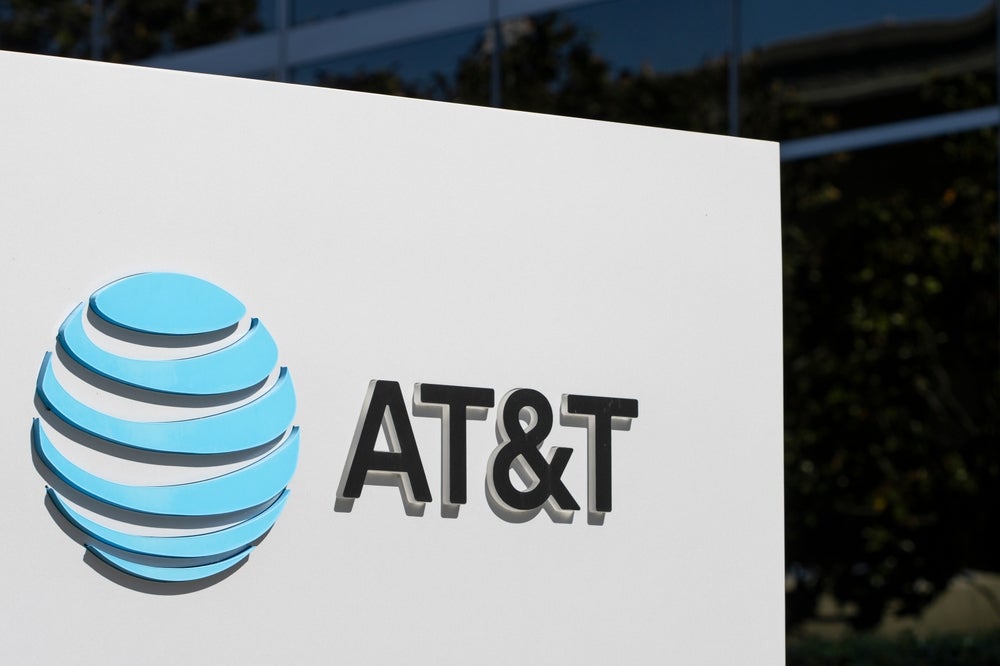Connectivity is changing. Huawei predicts that by 2030, globally, there will be more than 200 billion connections. This will also include, according to the forecast, 1.6 billion fiber broadband subscribers. GlobalData research shows IoT are reaching scaled deployments due, in part, by the advancements in 5G.
On the one hand, ICT investment and maturity within any one country can help determine digital economic performance. On the other, the level of connectedness is what will also help sectors to transform digitally. This includes the irreversible changes we have seen over the past few years to sectors such as health care, education, agriculture, retail, services, and manufacturing.
Connectivity is evolving
Connectivity is evolving to be more holistic and more inclusive. It is no longer about providing connectivity for better experiences. Connecting objects and things (via IoT) is also on the rise and happening at scale. This trend is unlocking additional business value and offering more data-driven outcomes. Dual centricity of people and machine are the new norm now.
The future of work, for example, is moving in this direction. There will be an increase in AR/VR and other visualization technologies, such as digital twins, using graphics and other images to change the way we see work. Machines will be used to complement human labor. The workplace will need AI/ML, Computer Vision, and many other powerful tools to improve decision-making and insights. A recent GlobalData survey shows that business and IT leaders see AI/ML will be the most transformative technology in the workplace. Collaboration platforms are being continuously created to improve teamwork and productivity across virtual teams. This next wave of connectivity underpins this change and will take all forms from IoT, 5G, Industrial Internet to wearables.
In the health care sector, for example, we are already using data sets such as health knowledge graphs with medical knowledge graphs to predict users’ disease risks and future health status. Having a more accurate assessment of medical history can also help doctors to personalize treatment to the individuals to improve patient outcomes. Remote monitoring with wearables, for example, improves patient recovery times and frees up hospital beds.
Digital supply chains
Other sectors such as agriculture and retail are building digital supply chains to track, trace and synchronize thousands (or millions) of unrelated movements to drive operational efficiency, increase production, lower operational costs, improve customer experience. Having 100% visibility is essential also for identifying choke points and finding ways to continuously overall efficiency. This will help to make precision farming real.
How well do you really know your competitors?
Access the most comprehensive Company Profiles on the market, powered by GlobalData. Save hours of research. Gain competitive edge.

Thank you!
Your download email will arrive shortly
Not ready to buy yet? Download a free sample
We are confident about the unique quality of our Company Profiles. However, we want you to make the most beneficial decision for your business, so we offer a free sample that you can download by submitting the below form
By GlobalDataUnderpinning this step change is secure, intelligent, and ubiquitous connectivity. Networks will not only need to be pervasive, but architectures will also be distributed to support the proliferation of endpoints. Operators will also need to reduce the cost and power consumption per bit while also boost throughput and user experience. 5G will be an important enabler supporting a network in transition to these new data-driven outcomes.







